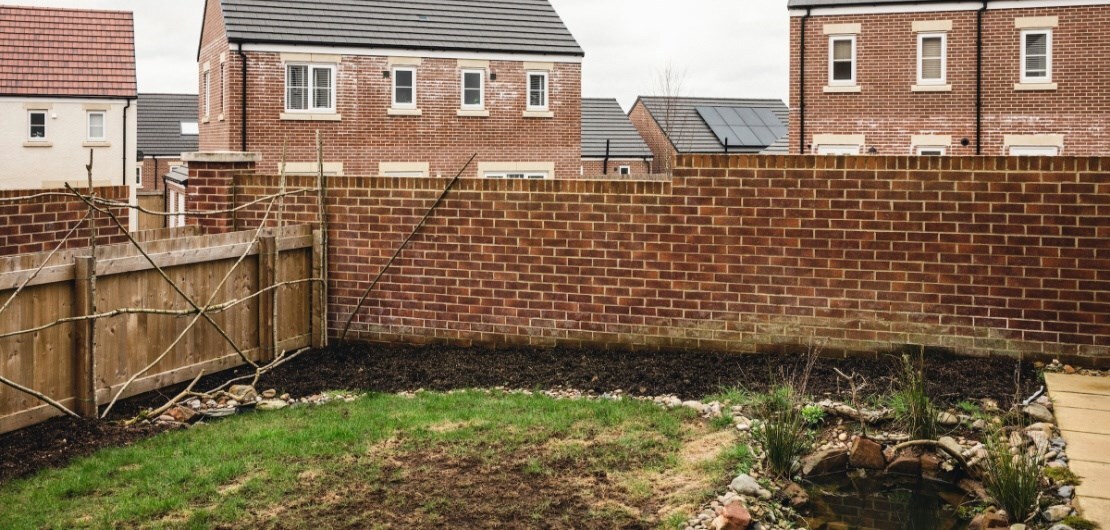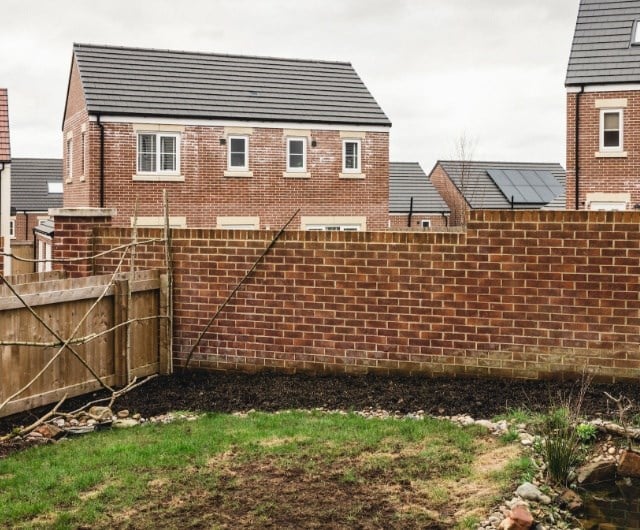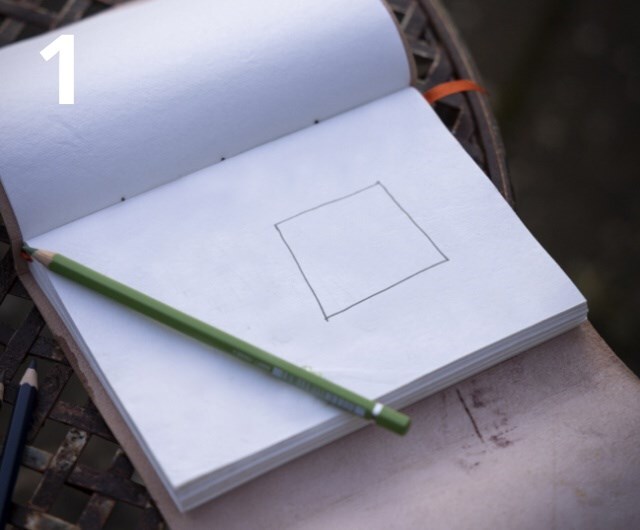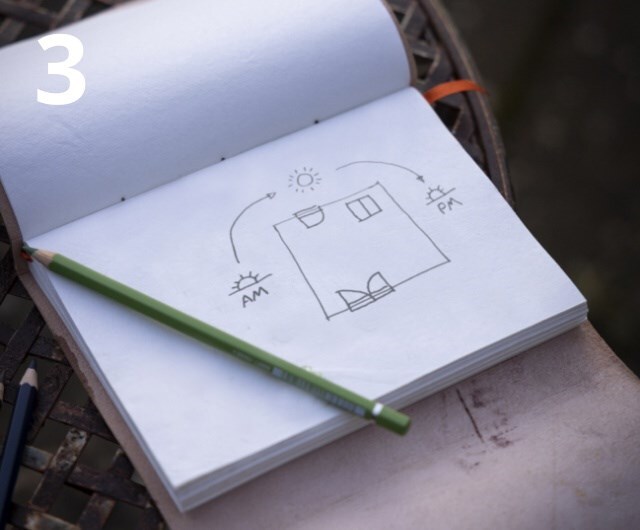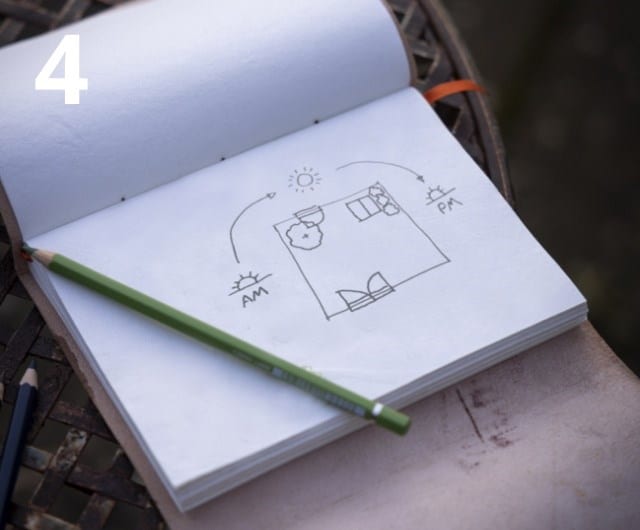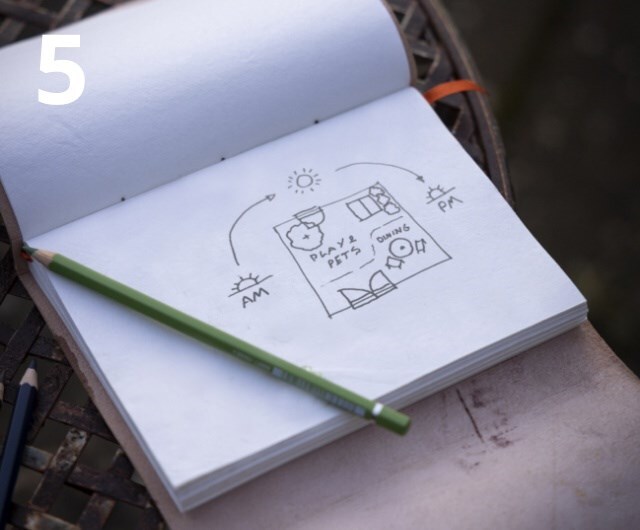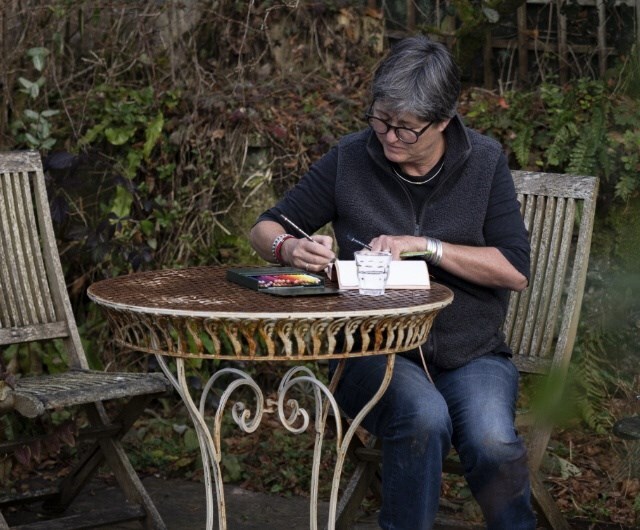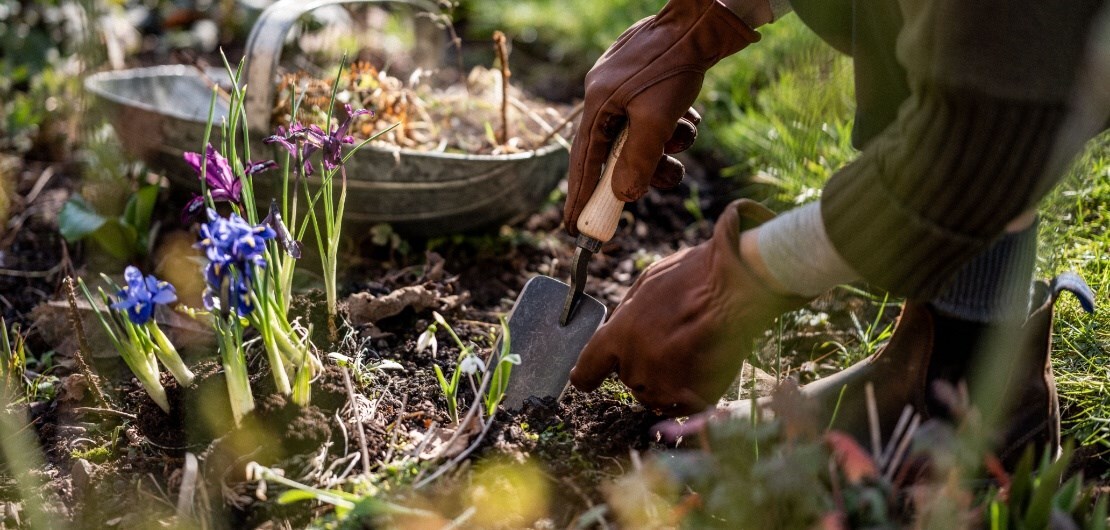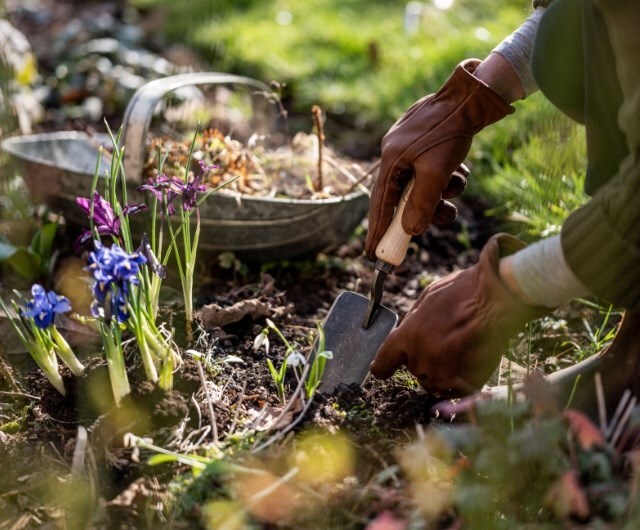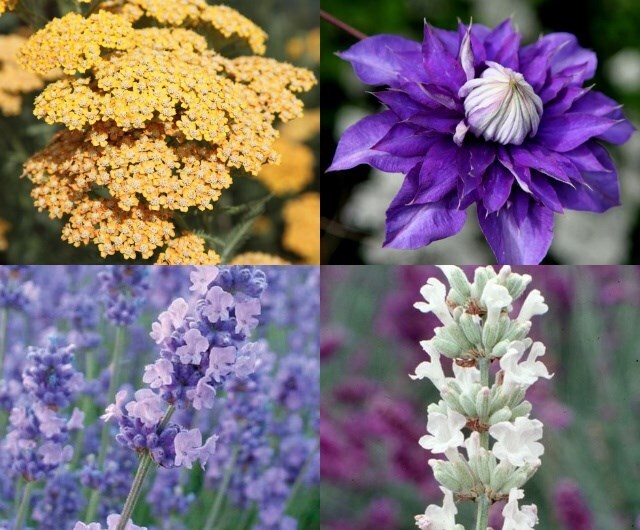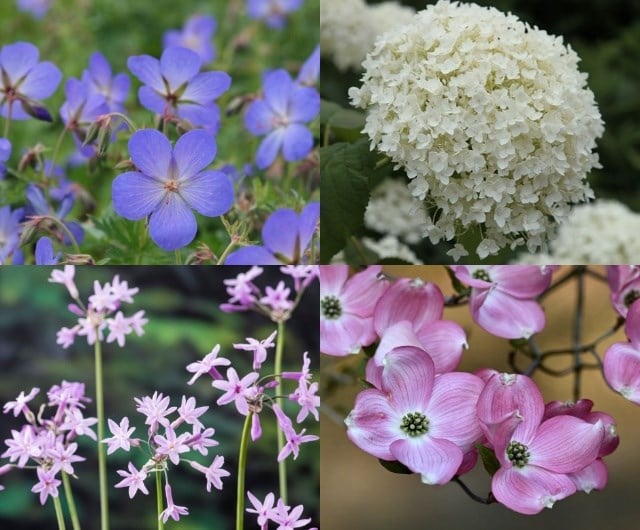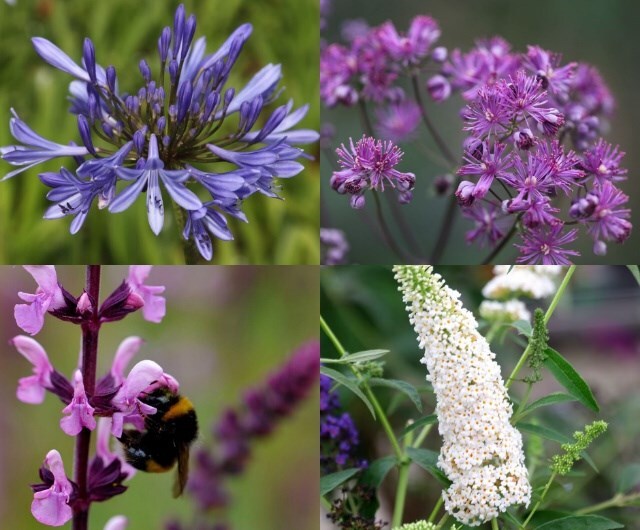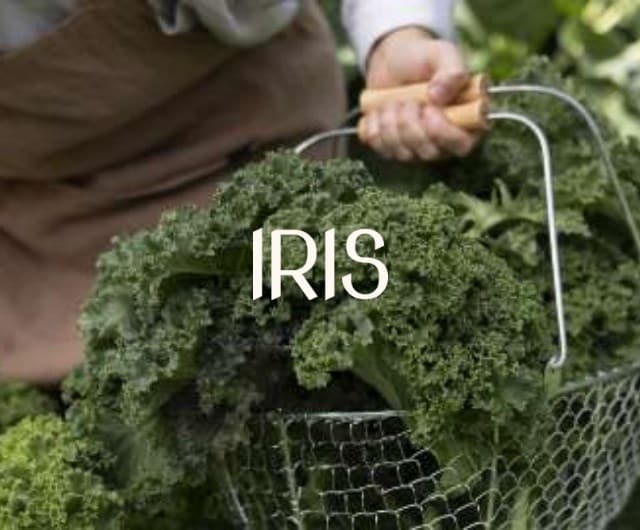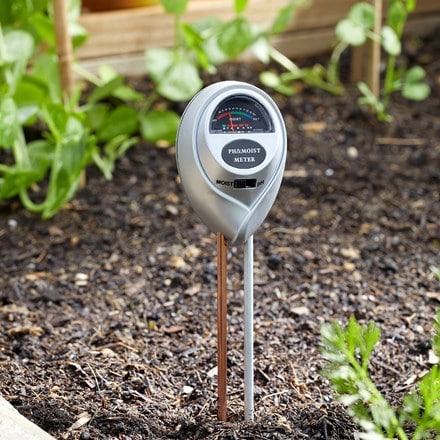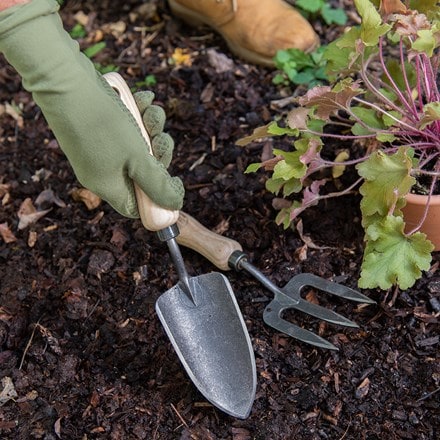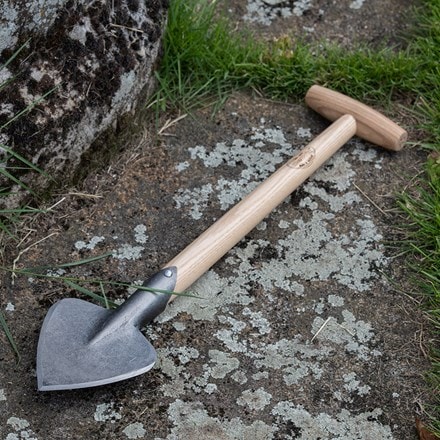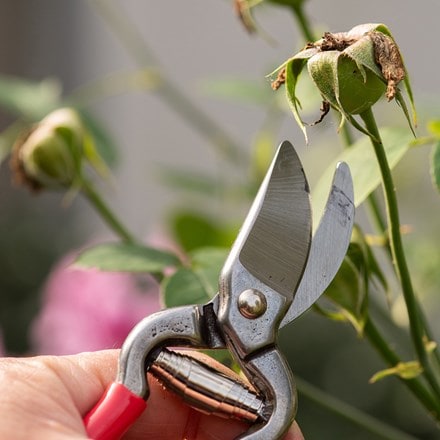Is it possible to improve soil quality?
It is possible to improve your soil. The usual way is with the addition of multi-purpose compost when you are preparing the ground for planting. Heavy clay soil can also benefit from the addition of sand or grit which improves drainage so plant roots don't get waterlogged and rot.
Acidic plants and ericaceous compost
Some plants like an acidic soil. These plants which are acid-loving are also referred to as ericaceous plants. Common examples are camellias, azaleas, rhododendrons, and blue hydrangeas. If you specifically want to grow these plants and you know your soil is not acidic, then you can add ericaceous compost when you plant them. You will continue to need to feed the plants with ericaceous nutrients (in plant feed and topping up with compost). It is easier to plant them in pots where you can better control the nutrient mix to ensure these plants stay healthy and looking their best. You can conduct a PH test on your soil to better understand the type of soil you have
Soil pH testing
Soils are further divided into alkaline and acidic depending on the behaviour of hydrogen ions in the soil which are measured as pH (potential hydrogen and is an indicator of how active the hydrogen is). All gardeners need to know the pH of their soils as plants are grouped into acid loving and non-acid tolerant. If you grow acid loving plants like camellias or rhododendrons on an alkaline soil, they will eventually die as the soil chemistry will not allow the plants to absorb all the nutrients that they need to live.
